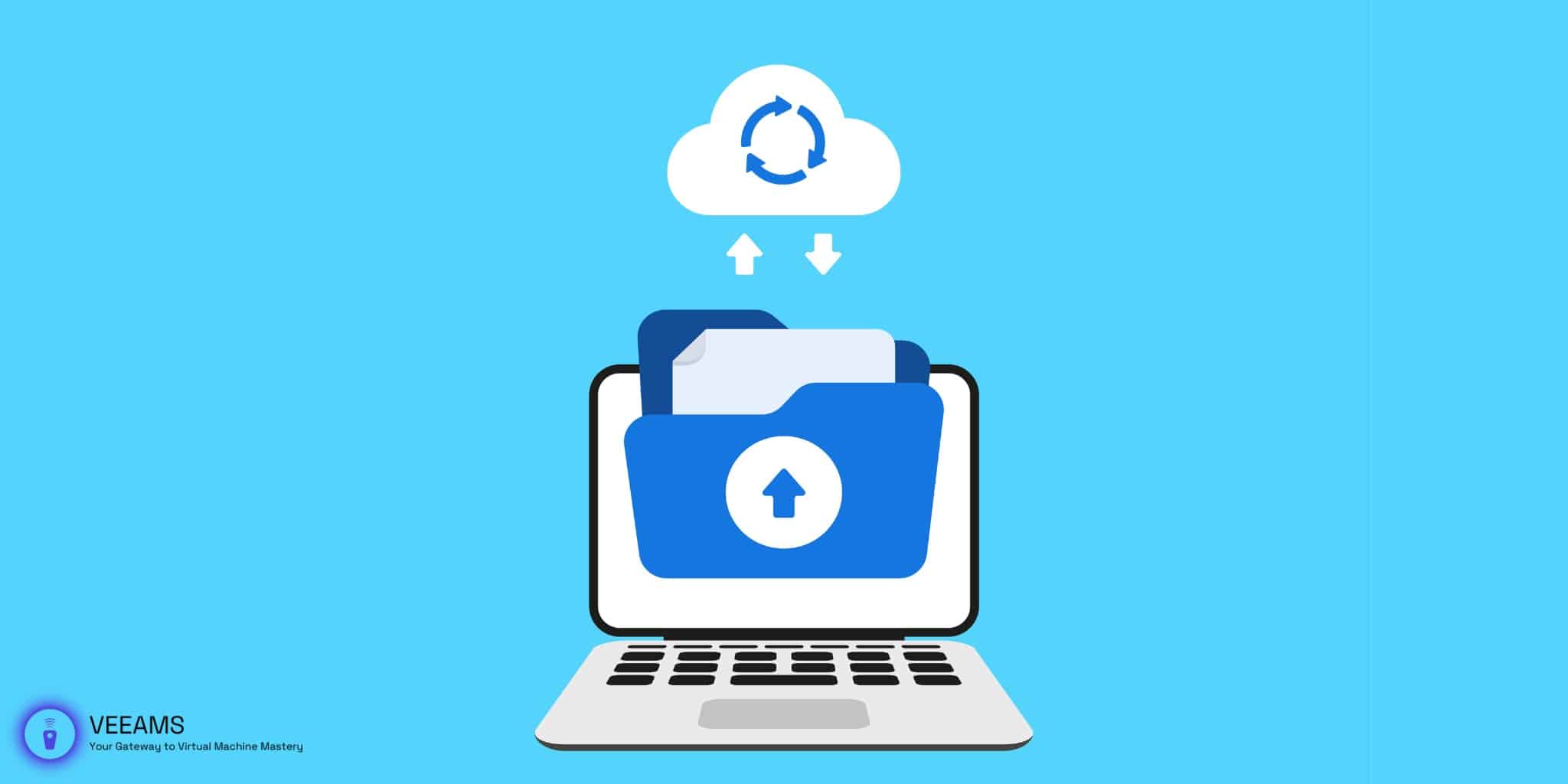Introduction to VMDK Files
Hey there! If you’re diving into the world of virtualization, or you’ve been swimming in it for a while, you’ve likely heard about VMDK files. But what are they, really? VMDK stands for Virtual Machine Disk, and it’s essentially a file format that encapsulates the contents of a virtual machine’s hard drive. Think of it as the digital equivalent of a physical hard drive, but flexible enough to be stored, moved, copied, and managed with just a few clicks.
Why are VMDK files so pivotal in VMware virtualization? Well, they allow VMware to store all the data associated with a virtual machine in a single, manageable file. This includes the operating system, applications, and any other data on the VM’s disk. It’s like packing your entire house into a single box (if only moving were that easy!).
How VMDK Files Work
To understand the magic behind VMDK files, let’s peek under the hood. At its core, a VMDK file is a container. But instead of carrying your lunch, it carries all the digital bits and bytes that make up a VM’s hard drive. When you create a VM in VMware, the system asks you how big you want the virtual hard drive to be. Based on your input, VMware creates a VMDK file that acts as the VM’s hard drive.
But here’s where it gets interesting. You can set up your VMDK files to act in different ways, depending on your needs:
- Fixed Size: This is like buying a physical hard drive; you get a set amount of space, and it’s all allocated for your VM, whether you use it or not.
- Dynamic: Think of this as a magic bag that expands as you add more stuff (data) into it, up to a limit you define. It’s a space-saver since it only uses as much physical storage on your host machine as the VM actually needs.
The Benefits of Using VMDK Files
Why go through the hassle of using VMDK files? The perks are pretty awesome:
- Efficiency: By encapsulating a VM’s disk in a single file, managing your virtual environment becomes a breeze. Moving VMs around is as simple as copying files, and backups? Just copy the VMDK file.
- Flexibility: Need to scale up a VM? With VMDK files, it’s easy to adjust the disk capacity without the downtime associated with physical hardware adjustments.
- Snapshot Magic: VMDK files support snapshots, allowing you to save the state of a VM at any point in time. This is like having a time machine for your VM, letting you roll back to a previous state if things go south.

Managing VMDK Files: Best Practices
To keep your virtualization journey smooth, here are some golden rules for managing VMDK files:
- Monitor Disk Usage: Keep an eye on how much space your VMs are using. Oversized VMDK files can waste precious storage resources, while undersized ones might run out of space unexpectedly.
- Regular Backups: Always, always back up your VMDK files. They’re the lifeblood of your VMs. Using VMware’s snapshots feature is a great way to do quick backups, but don’t rely solely on it for long-term storage.
- Optimize Performance: For critical applications, consider using more than one VMDK file per VM. This can spread disk I/O and improve performance, much like using multiple physical drives.
VMDK Files and VMware Compatibility
Navigating the waters of VMware’s vast ecosystem, you’ll find that VMDK files are like the universal currency, accepted across different VMware platforms. This compatibility is a game-changer for several reasons:
- Cross-Platform Mobility: Whether you’re working with VMware Workstation on your local machine, VMware ESXi on a server, or VMware Fusion on a Mac, VMDK files are your constant companion. This means you can create a VM in one environment and move it to another with ease.
- Versioning and Upgrades: VMware regularly updates its software, but fear not! VMDK files are designed to be forward-compatible. This means a VMDK file created in an older version of VMware can typically be used in a newer version without a hitch.
But here’s a pro tip: While VMDK files are versatile, always check compatibility before migrating VMs across different VMware products or versions to avoid any surprises.
Troubleshooting Common VMDK File Issues
Even with the best preparations, you might run into issues with VMDK files. Here are some common challenges and how to tackle them:
- Corrupted VMDK Files: It’s like catching a cold; sometimes it happens. Corruption can occur due to improper shutdowns, hardware failures, or other gremlins. VMware provides tools like
vmkfstoolsto check and repair VMDK files, but remember, prevention (read: regular backups) is better than cure. - Running Out of Space: This can happen if a VM is configured with a dynamically expanding disk but the physical storage runs low. Keep an eye on storage utilization and consider adding more storage or archiving unused data.
- Permission Issues: Moving VMDK files between hosts can sometimes lead to permission errors. Ensure the VMDK file and its containing folder have the correct permissions set for the VMware process to access them.
Future of VMDK Files in Virtualization
As we look to the horizon, the role of VMDK files in virtualization is only set to grow. With the push towards cloud computing, hybrid environments, and containerization, here’s what to expect:
- Cloud Integration: VMware’s cloud strategy increasingly involves VMDK files, making it simpler to migrate and manage VMs across on-premises and cloud environments. This flexibility is crucial for businesses adopting a cloud-first strategy.
- Containerization: With the rise of Kubernetes and container-based applications, VMware is bridging the gap between traditional VMs and containers. VMDK files play a role here, serving as persistent storage for containers, thus combining the best of both worlds.
Conclusion
VMDK files are not just a file format; they’re the bedrock of VMware’s virtualization success. From their flexibility and efficiency to the comprehensive support across VMware’s product range, VMDK files enable a world where virtual machines can be as easy to manage as files on a computer. Whether you’re a seasoned VMware veteran or just starting out, mastering VMDK files will equip you with the knowledge to navigate the virtualization landscape confidently.
Remember, the key to success with VMDK files lies in understanding their structure, leveraging their benefits, and adhering to best practices for management and troubleshooting. With these insights, you’re well on your way to maximizing the potential of VMware virtualization, ensuring a robust, flexible, and efficient IT environment.
